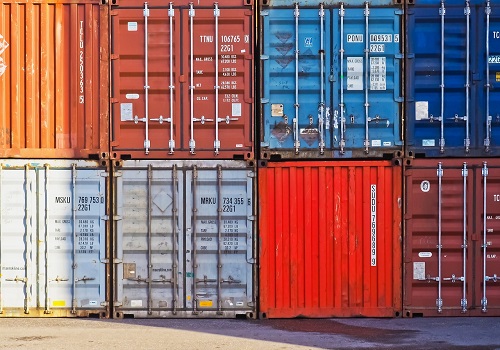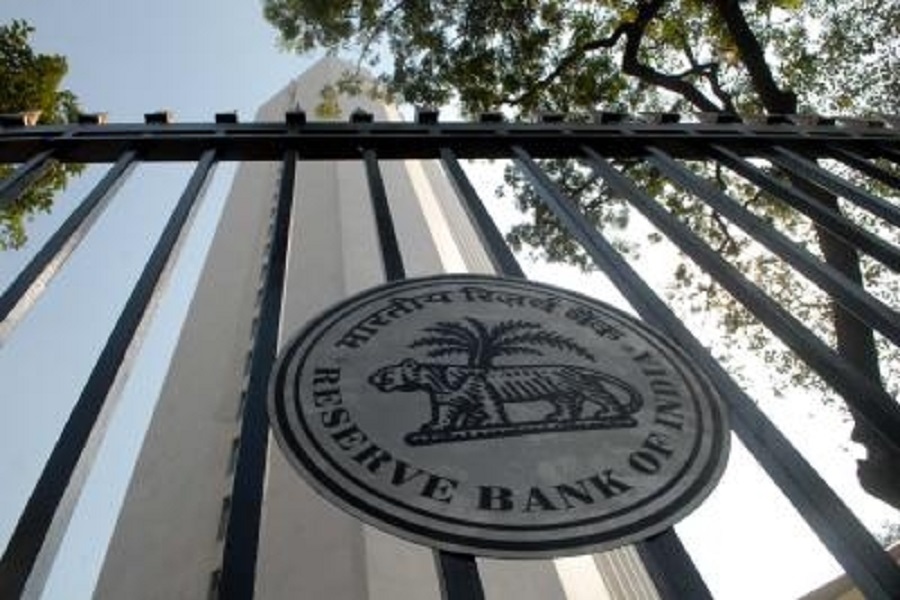India poised to lead emerging markets, cement its position in global economy by 2035: S&P Global

Among the key emerging markets, India is poised to be the fastest-growing major economy over the next three years and the third largest globally by 2030, a global report showed on Thursday.
Emerging markets will play a crucial role in shaping the global economy over the next decade, averaging 4.06 per cent GDP growth through 2035, compared with 1.59 per cent for advanced economies, according to a report by S&P Global.
By 2035, emerging markets will contribute about 65 per cent of global economic growth. This growth will be driven mainly by emerging economies in Asia-Pacific, including China, India, Vietnam and the Philippines.
“Also by 2035, India will be cemented as the world’s third-largest economy, with Indonesia and Brazil ranking eighth and ninth, respectively,” the report mentioned.
India’s entry into JP Morgan’s Government Emerging Market Bond Index could provide additional government funding and unlock significant resources in domestic capital markets.
This is only a first step as investors will continue looking for improved market access and settlement procedures. India has also taken measures to improve its fiscal flexibility by boosting its capital expenditure, further supporting long-term growth, the report noted.
Emerging markets are setting long-term goals that tend to converge on establishing long-term growth targets. India, as established in ‘Viksit Bharat’ in 2047, aims to become a $30 trillion economy from the current $3.6 trillion by 2047.
“India, Indonesia and Brazil have made improvements relative to their peers and have the momentum to ascend over the next decade. India boasts high momentum in policy favourability, while Brazil and Indonesia made gains in resource availability (labour and financial capital),” the S&P Global report stressed.
India, Mexico and Vietnam are among the emerging markets that could benefit from supply chain relocation given their relatively mature manufacturing sectors and strategic trade ties with the US and other developed markets.
The report further stated that to compete with developed economies’ government support for local manufacturing and the use of rules of origin to secure their economic interests, emerging markets such as India, Malaysia and Indonesia have successfully attracted investment and boosted exports by leveraging their unique value propositions.
“India is on a similar path, leveraging its domestic market and innovative support mechanisms for manufacturing in higher-tech industries,” it added.
India’s expansion in electronics has, thus far, followed an assembly-to-component strategy, using tariffs and production-linked incentives to draw investment in the manufacturing of smartphones and other network-connected devices.
The sheer scale of sales opportunity in the Indian market has also provided “in-market, for-market” justifications for investments in manufacturing in the country, the report emphasised.
India’s consumer spending on goods is worth $1.29 trillion in 2024, S&P ‘Global Market Intelligence’ forecasts show.
The acceleration in growth is particularly marked in export industries such as apparel (9.5 per cent in the next five years), household equipment including appliances and electronics (8.8 per cent in the next five years) and transport equipment (8.5 per cent in the next five years).
Aside from manufacturing for local sales, the contracted electronics manufacturers also export products, particularly smartphones, driving 44 per cent annual growth in telecom equipment exports from 2015 to 2024.
“The key to success is for governments to establish policies to upskill workforces both generationally (schooling) and in the short term (incentives for workplace education) and to reduce the ‘brain-drain’ effects of high-skill worker emigration,” the report suggested.
























